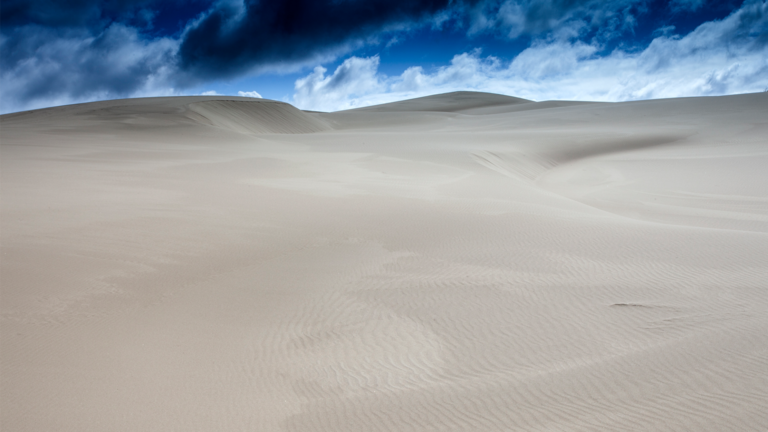
How ‘Dune’ became a beacon for the fledgling environmental movement
“Dune,” widely considered one of the best sci-fi novels of all time, continues to influence how writers, artists and inventors envision the future.
Of course, there are Denis Villeneuve’s visually stunning films, “Dune: Part One” (2021) and “Dune: Part Two” (2024).
But Frank Herbert’s masterpiece also helped Afrofuturist novelist Octavia Butler imagine a future of conflict amid environmental catastrophe; it inspired Elon Musk to build SpaceX and Tesla and push humanity toward the stars and a greener future; and it’s hard not to see parallels in George Lucas’ “Star Wars” franchise, especially their fascination with desert planets and giant worms.
And yet when Herbert sat down in 1963 to start writing “Dune,” he wasn’t thinking about how to leave Earth behind. He was thinking about how to save it.